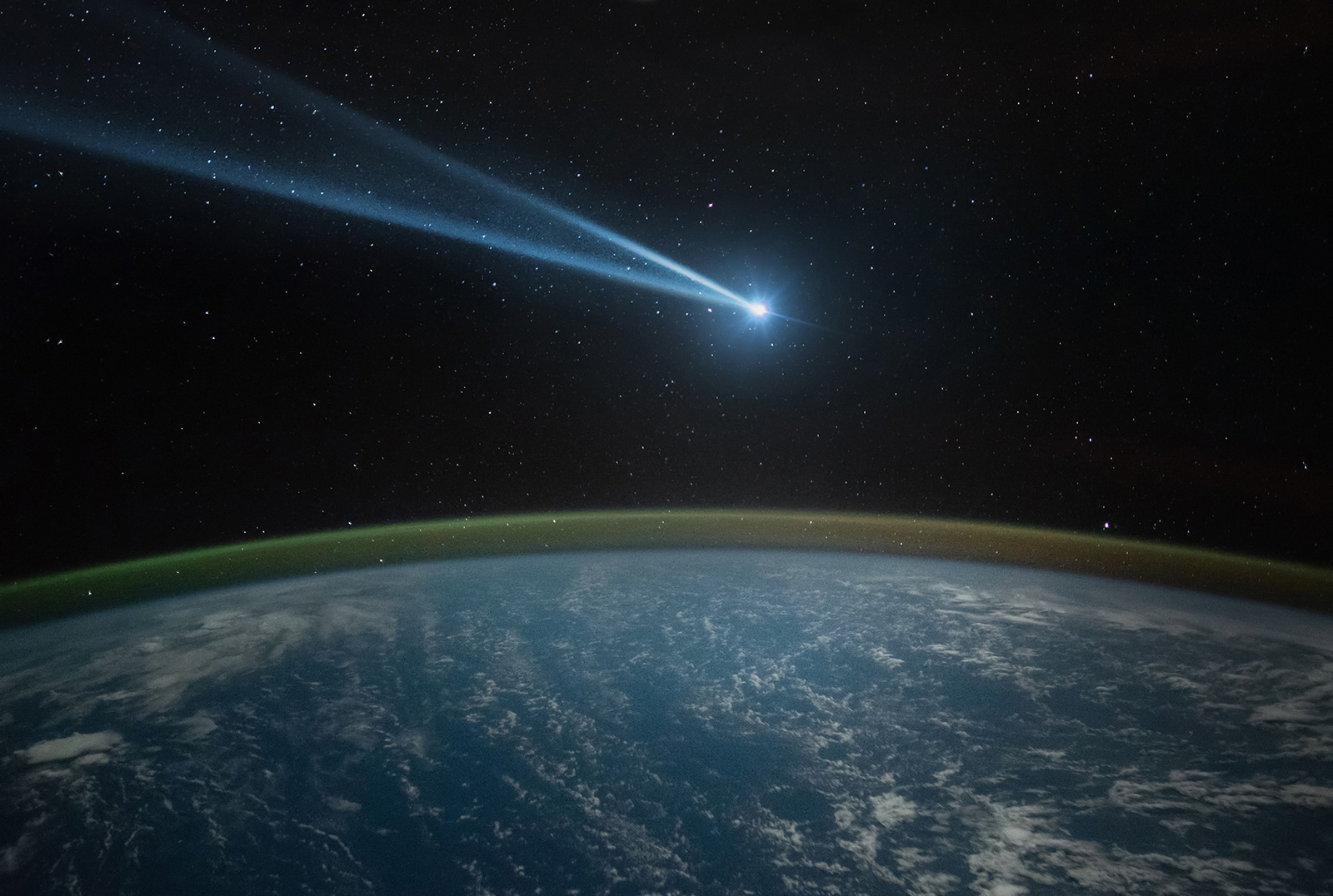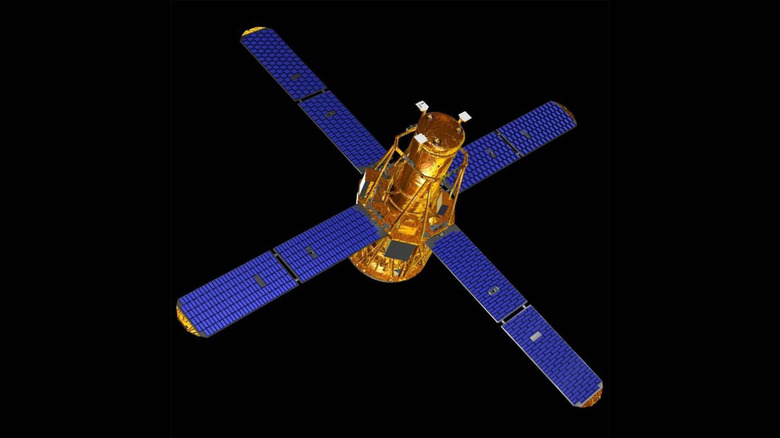A Dead NASA Satellite Will Plummet To Earth Today
A NASA satellite launched in 2002 will finally fall back to Earth this week. The dead NASA Satellite was decommissioned in 2018, and now, five years later, it's finally falling out of orbit.
The satellite is the Reuven Ramaty High Energy Solar Spectroscopic Imager (RHESSI). According to a NASA report detailing the satellite's fall, it will reenter Earth's atmosphere sometime on Wednesday, April 19. The current expected reentry time is 9:30 p.m. EDT, give or take 16 hours.
NASA reports that the dead satellite was previously used to observe solar flares and coronal mass ejections. During its 16 years of service, it helped scientists understand the physics that help create the massive bursts of energy our sun releases.
NASA and the Defense Department are currently monitoring the dead satellite's reentry and will update predictions as needed. However, there isn't much danger posed by the 600-pound satellite, as much of it will burn up during the reentry phase, leaving only ash behind.

Currently, NASA says the dead satellite's debris will have approximately a 1 in 2,467 chance of harming anyone. Those odds are very low, especially considering how often uncontrolled debris reenters Earth's atmosphere, risking lives and property damage.
Over the years, this NASA satellite helped scientists measure massive superflares, tens of thousands of times bigger than any we'd ever seen. It also helped improve the measurements of the sun's shape that astronomers rely on.
This isn't the only dead satellite that NASA has said farewell to this year, either. Back in January, the iconic Earth Radiation Budget Satellite (ERBS) fell from orbit. That satellite helped lay the groundwork for our understanding of global warming.
RHESSI has seen immense success during its almost 21 years in orbit. Had it not experienced communication issues five years ago, it's likely NASA would still be utilizing this dead satellite in some capacity today.
